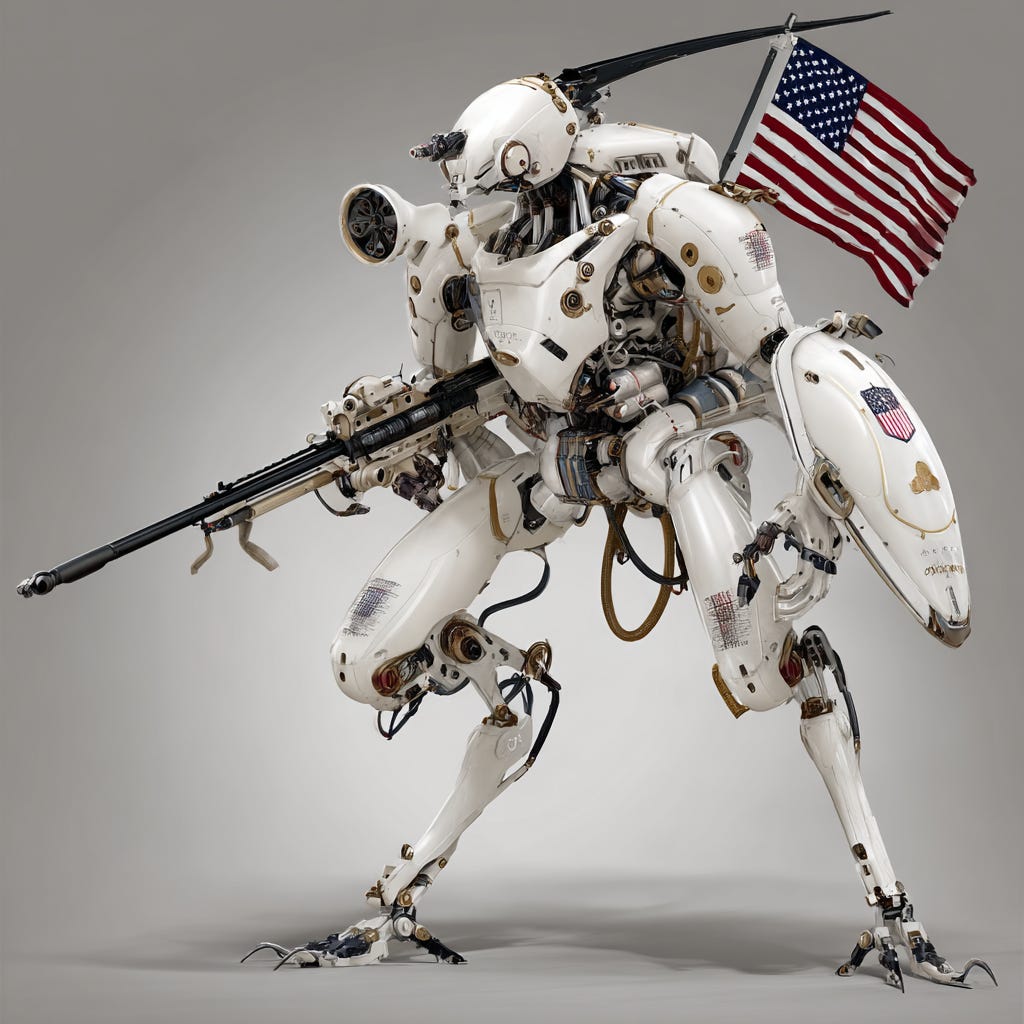The New World AI Order: Three Superpowers, One Algorithm, and the End of American Hegemony
Article 7/7 in The AI Power Shift: A 7-Part Series on How Algorithms Will Rewire Global Politics and Corporate DNA
We do see the headlines all around the social, Chinese will win the AI race, USA is in its prime, bla bla bla bla….
So let’s forget about it and go instead for The Real picture of 2025
→
It is a tight race:)
The fact-checking reveals a dramatically different picture than simple narratives of American dominance or Chinese ascendancy.
Instead, evidence points to an intensely competitive, multipolar AI landscape where advantages shift rapidly across different domains and neither superpower holds an insurmountable lead.
Debunking the dominance myths
The widely circulated claims about US AI supremacy prove largely unsubstantiated.
The assertions that America produces "67% of breakthrough AI research" cannot be verified through any credible sources.
While Stanford's AI Index shows the US produced 40 notable AI models versus China's 15 in 2024, this narrow metric fails to capture the full research landscape where China leads in total publications and patents.
The DeepSeek shock and capability convergence
January 2025 marked a watershed moment when Chinese company DeepSeek released its R1 model, achieving performance comparable to leading US models while using just a fraction of the computational resources.
This breakthrough, which caused Nvidia to lose $593 billion in market value in a single day, demonstrates how quickly assumed advantages can evaporate.
MIT Technology Review concluded that "the capability gap between leading US and Chinese models has essentially disappeared."
The investment figures tell a nuanced story.
While the US attracted $109.1 billion in private AI investment in 2024 compared to China's $9.3 billion, Chinese government funding through venture capital funds reached $184 billion targeted at AI firms over the past decade.
More importantly, DeepSeek's efficiency breakthrough suggests that raw spending may matter less than innovation in resource utilisation.
Geographic complexity beyond US-China binary
The global AI landscape resists simple bipolar framing.
Europe, despite producing only 3 notable AI models in 2024, leads in regulatory innovation with its AI Act, though only Brazil, Canada, and Peru show interest in replicating it—far from the assumed "Brussels Effect."
The reality is regulatory fragmentation, with companies increasingly treating the EU as a separate market rather than a global standard setter.
China's Belt and Road AI Initiative tells a similarly complex story.



